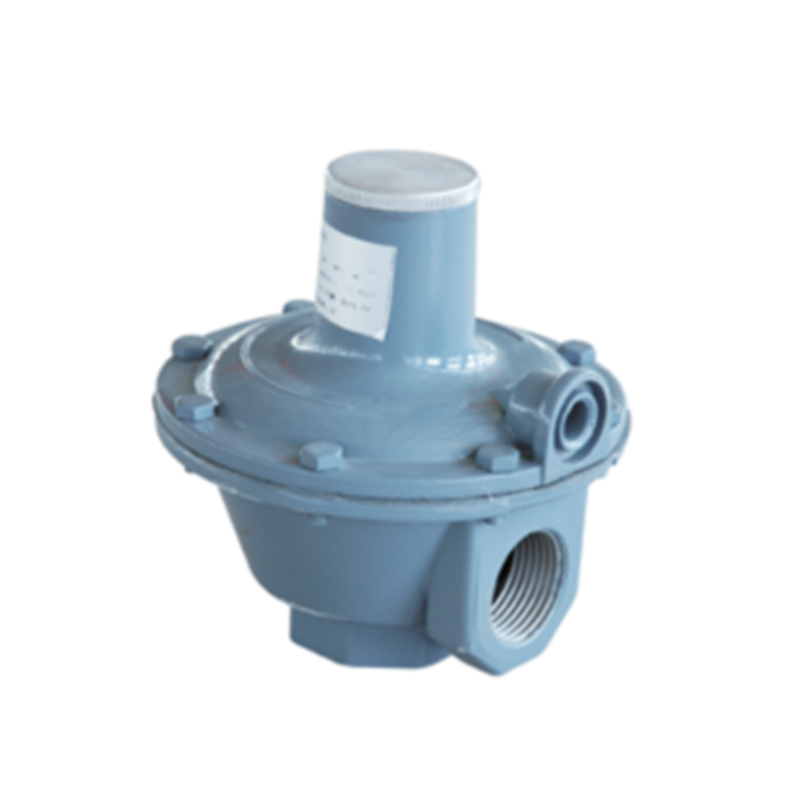
Dec . 23, 2024 15:50
Back to list
Natural Gas Pressure Reduction System Overview and Key Applications
Understanding Natural Gas Pressure Reducing Stations
In the realm of natural gas distribution, one crucial component that ensures the safe and efficient delivery of gas to consumers is the pressure reducing station. Often referred to as a Pressure Reducing Valve (PRV) or natural gas pressure reducing station, this facility plays a vital role in managing the pressure of natural gas as it moves from high-pressure transmission pipelines to lower-pressure distribution systems. Understanding how these stations work, their significance, and the technologies involved can shed light on their importance in the natural gas supply chain.
The Role of Pressure Reducing Stations
Natural gas is transported through an extensive network of high-pressure pipelines across vast distances. This high pressure is necessary to move the gas efficiently and economically. However, when the gas reaches urban areas or industrial sites, the pressure must be reduced to ensure safety and compliance with regulatory standards. This is where pressure reducing stations come into play.
Pressure reducing stations are strategically located at various points in the gas distribution network. Their primary function is to decrease the high pressure of the gas to a suitable level for consumption. This not only helps in preventing leaks or accidents due to excessive pressure but also ensures that the gas is delivered in a consistent and controllable manner.
Components and Functioning of Pressure Reducing Stations
A typical pressure reducing station consists of several key components
1. Inlet and Outlet Piping These pipes convey natural gas into and out of the station. The inlet pipes carry high-pressure gas from the transmission line, while the outlet pipes deliver the reduced-pressure gas to the distribution network.
.
3. Instrumentation Pressure gauges, flow meters, and control systems monitor the pressure and flow of gas through the station. These instruments provide real-time data, enabling operators to manage the system effectively and respond promptly to any anomalies.
مخفض ضغط الغاز الطبيعي

4. Safety Devices Safety is paramount in gas distribution, and pressure reducing stations are equipped with various safety devices. These may include pressure relief valves, emergency shut-off valves, and automatic shutdown systems that protect against overpressure situations.
5. Regulatory Compliance Pressure reducing stations must adhere to local, national, and international regulations regarding natural gas safety and environmental standards. Compliance ensures the safe operation of these facilities and minimizes risks to public safety.
Importance of Pressure Reducing Stations
The significance of pressure reducing stations extends beyond mere pressure management. They play a critical role in the overall integrity and reliability of the natural gas supply system. Here are some key points highlighting their importance
1. Safety By maintaining appropriate pressure levels, these stations significantly reduce the risk of accidents, explosions, and leaks, which can have devastating consequences.
2. Efficiency Efficient pressure reduction allows for optimal gas flow and minimizes losses during transportation, leading to economic benefits for suppliers and consumers alike.
3. Quality Control Pressure management is essential for maintaining the quality of natural gas. Fluctuations in pressure can affect the delivery and reliability of gas, impacting everything from industrial processes to residential heating.
4. Infrastructure Support As cities and industries expand, the demand for natural gas increases, necessitating a robust infrastructure. Pressure reducing stations enable the scaling of gas distribution networks to meet growing demands.
Conclusion
In conclusion, natural gas pressure reducing stations are vital components of the gas distribution network. They ensure safe, efficient, and reliable delivery of natural gas to consumers while adhering to strict safety and regulatory standards. As the world continues to rely on natural gas as a crucial energy source, understanding and maintaining these stations will be essential for a sustainable energy future.
Latest news
-
Safety Valve Spring-Loaded Design Overpressure ProtectionNewsJul.25,2025
-
Precision Voltage Regulator AC5 Accuracy Grade PerformanceNewsJul.25,2025
-
Natural Gas Pressure Regulating Skid Industrial Pipeline ApplicationsNewsJul.25,2025
-
Natural Gas Filter Stainless Steel Mesh Element DesignNewsJul.25,2025
-
Gas Pressure Regulator Valve Direct-Acting Spring-Loaded DesignNewsJul.25,2025
-
Decompression Equipment Multi-Stage Heat Exchange System DesignNewsJul.25,2025

